Aston Martin DBR1 Le Mans win inspires special edition DBS
Aston Martin DBR1 Le Mans win inspires special edition DBS
DRIVE_WORLDIn 1959 the Aston Martin DBR1 claimed a 1-2 finish at the legendary Le Mans 24 Hours endurance race. This new special edition car celebrates the 60th anniversary in 2019
Aston Martin has a history that stretches back over 100 years, and within that sizeable timeline sits some very special models. However, the DBR1 has to be one of the most significant as it delivered Aston Martin’s 1959 victory at the Le Mans 24 Hours. A limited run of DBS 59 special edition cars have been commissioned by Aston Martin Cambridge to celebrate the 60th anniversary of the win next year.
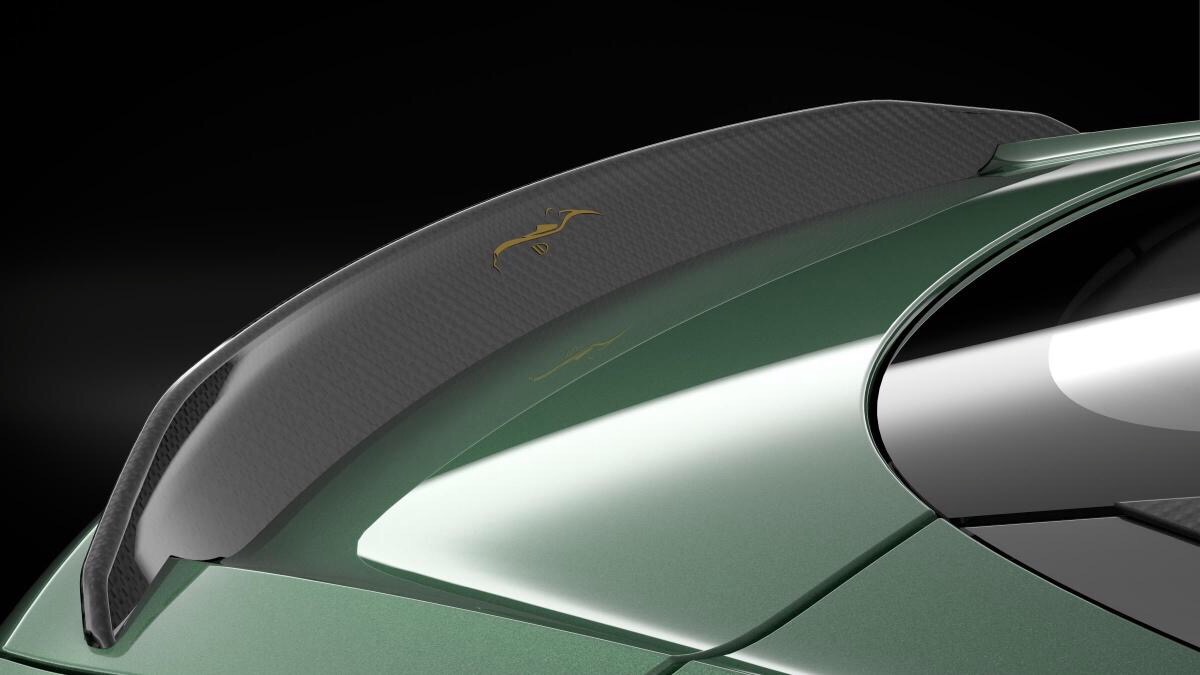
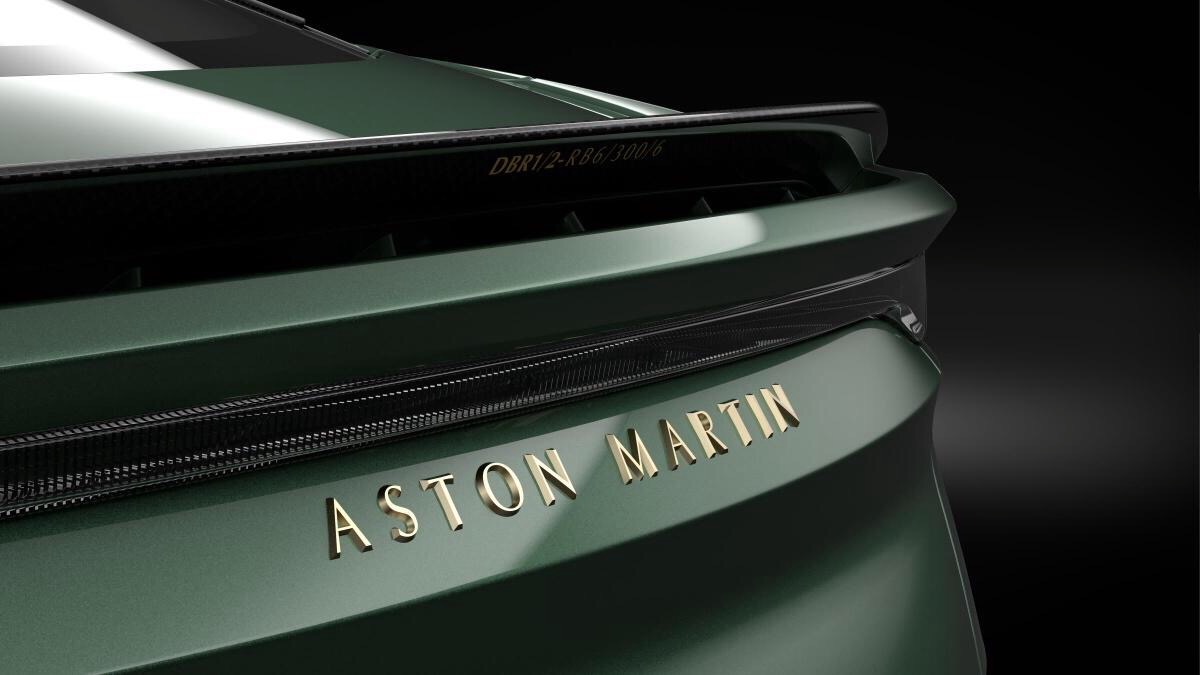
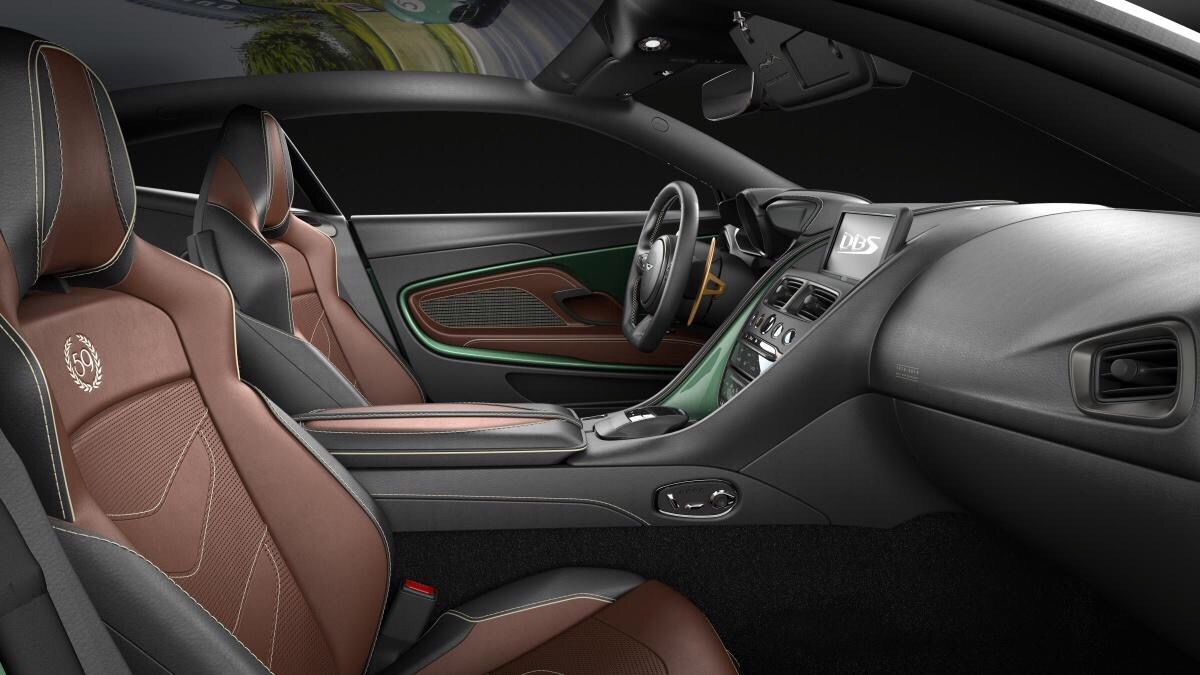
Each produced by Aston Martin’s bespoke ‘Q’ devision, just 24 examples of the DBS 59 will be produced — one for every hour of the historic endurance race. While remaining mechanically identical to the DBS Superleggera on which it is based, the 59 receives a series of unique design options that hark back to the DBR1 racer.
Externally this DBS receives a coat of distinctive Aston Martin Racing Green paint to match its ancestor, along with some exposed carbon fibre detailing. Bronze painted alloy wheels give the new car a more vintage look while the boot lip dons a silhouette of the DBR1. Inside you’ll find some traditional tanned leather and ’59’ embroidery that denotes this DBS as something special.
As mentioned, the twin-turbocharged 5.2-litre V12 engine remains untouched meaning that its output persists at a substantial 715bhp.
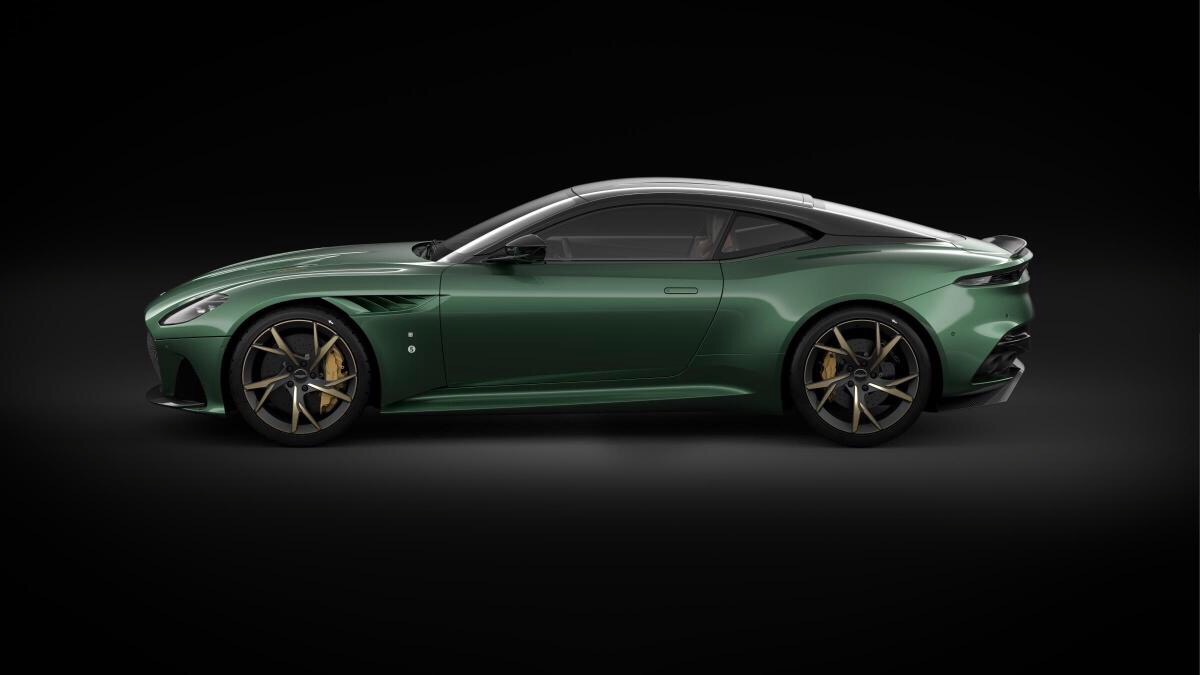
The Aston Martin DBR1 was born out of a World Endurance Championship rule change that enabled manufacturers to race cars that didn’t have to be homologated fro a road car. This sleek design was penned to achieve maximum velocity when charging down the Mulsanne straight in the French race.
It was originally introduced in 1956 under the instruction of Aston owner David Brown, who wanted the brand to once again make its mark in motorsport. The car failed to finish on its debut and again the following despite a newer 3.0-litre engine. A new DBR2 was developed for 1958, but a change in regulations outlawed this car’s larger 3.7-litre engine.
Returning to the DBR1, Aston Martin received more bad luck with all three cars failing to finish once again. At last, in 1959 the DBR1 claimed victory at Le Mans with a convincing 1-2 finish that contributed to the British marque winning the series that year. Just 5 DBR1 cars were built with Sir Stirling Moss, an Aston works driver in 1959, stating that the DBR1 is; ‘the most important Aston Martin ever produced.
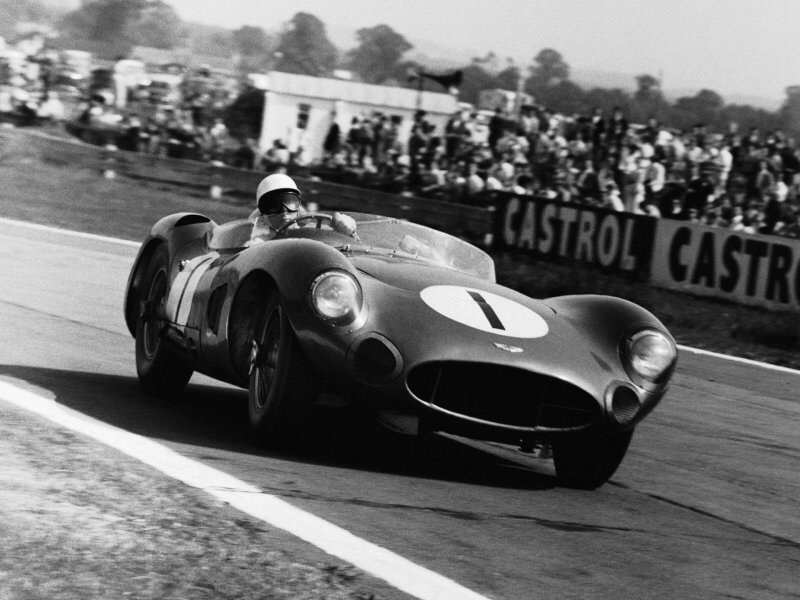
Pricing has yet to be announced for the DBS 59, but with only 24 of these collector cars available we’d get on the phone to Cambridge Aston Martin quickly. They’ll even throw in a replica set of blue Aston Martin racing overalls, helmet, and gloves from 1959 so you can pretend to be Moss crossing the finishing line at Le Mans.
